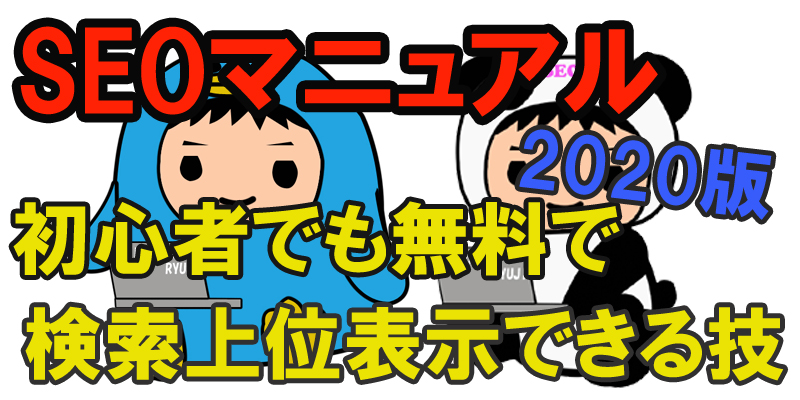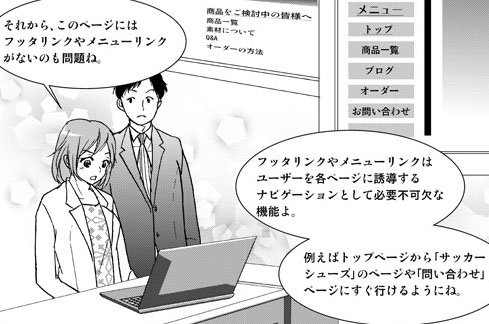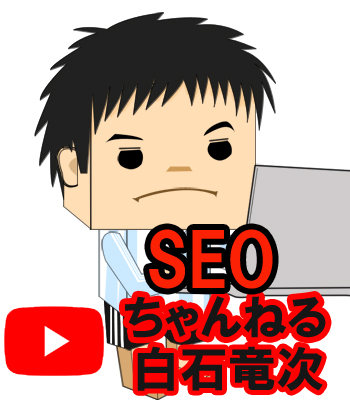Google OnMobile-個別のモバイルURLの最初のインデックス作成
【Google翻訳】
明確にするために、これはまったく新しいものではありませんが、GoogleのJohn Muellerは、モバイルファーストインデックスがモバイルファーストインデックスとどのように機能するかを時間をかけて説明しました。 ほとんどのサイトはモバイルファーストインデックスに切り替えられていますが、切り替えられていない場合は、m-dotまたは個別のモバイルURLに固有の知識が必要です。
■Google JohnMueller(ジョン・ミューラー)氏(@JohnMu)
私は時々これについて質問を受けるので、明確にするために:あなたが別々のモバイルURL(rel-alternate / rel-canonicalリンクを含む)を持っているなら、モバイルファーストインデックスであなたは何も変更する必要はありません。 同じ注釈を保持します。 変更は必要ありません。I occasionally get questions about this, so just to be clear: if you have separate mobile URLs (with rel-alternate / rel-canonical links), with mobile first indexing you *don't* need to change anything. Keep the same annotations. No changes needed. pic.twitter.com/nGPucxPXWn
— ?? John ?? (@JohnMu) January 18, 2021
モバイルファーストインデックスの変更点は、www(デスクトップ)バージョンではなく、モバイルバージョン(m-dot)をインデックスのバージョンとして使用することです。 ほとんどのサイトでは、この変更はすでに行われています。 サイトがすでにモバイルでインデックスに登録されている場合、何も変更されません。
The change with mobile first indexing is that we'll use the mobile version (m-dot) as the version for indexing, instead of the www (desktop) version. For most sites, this change has already happened. If your site is already indexed with mobile, nothing will change.
— ?? John ?? (@JohnMu) January 18, 2021
技術的には、rel-canonicalがデスクトップを指している場合でも、モバイルURLをcanonicalとして使用します。 それはいいです。 サイトマップファイルでは、これらのいずれか、または両方を一覧表示できます。 クロールし、注釈を見つけて、必要なことを行います。 サイトマップ用の特別なモバイルマークアップはありません。
Technically, we'll use the mobile URL as canonical even if the rel-canonical points to desktop. That's fine. In the sitemap file, you can list either of these, or even both. We'll crawl, find the annotations, and do what's needed. There is no special mobile markup for sitemaps.
— 🍌 John 🍌 (@JohnMu) January 18, 2021
理想的には、デバイスタイプごとにユーザーをリダイレクトすることもできます。デスクトップユーザーがモバイルバージョンにアクセスする場合は、デスクトップURLにリダイレクトします。 モバイルユーザーがデスクトップバージョンにアクセスする場合は、モバイルバージョンにリダイレクトします。
Ideally you'd also redirect users by device type: if a desktop user accesses the mobile version, redirect to the desktop URL. If a mobile user accesses the desktop version, redirect to the mobile version.
— 🍌 John 🍌 (@JohnMu) January 18, 2021
m-dot URL + hreflangを使用する場合、hreflangアノテーションはデバイスタイプごとである必要があります。 デスクトップhreflangsはデスクトップURLを指し、モバイルhreflangsはモバイルURLを指します。 M-dot + hreflangは難しくて紛らわしいです。 次のサイトの刷新でレスポンシブセットアップに移行するもう1つの理由:-)。
If you use m-dot URLs + hreflang, the hreflang annotations should be by device type. Desktop hreflangs point to desktop URLs, mobile hreflangs point to mobile URLs. M-dot + hreflang is hard & confusing. Another reason to move to a responsive setup with the next site revamp :-).
— 🍌 John 🍌 (@JohnMu) January 18, 2021
モバイルファーストインデックスに興味がありますか? 詳細はこちら:
https://developers.google.com/search/mobile-sites/mobile-first-indexingCurious about mobile first indexing? Find out more here:https://t.co/HdM34hbMpNhttps://t.co/Fg8IfbZbkb
— 🍌 John 🍌 (@JohnMu) January 18, 2021




